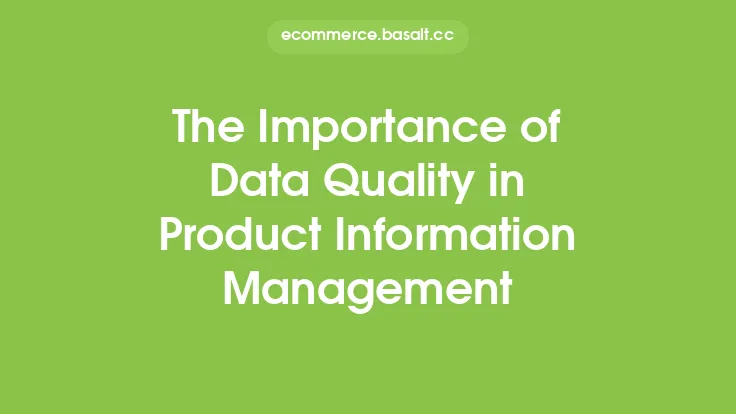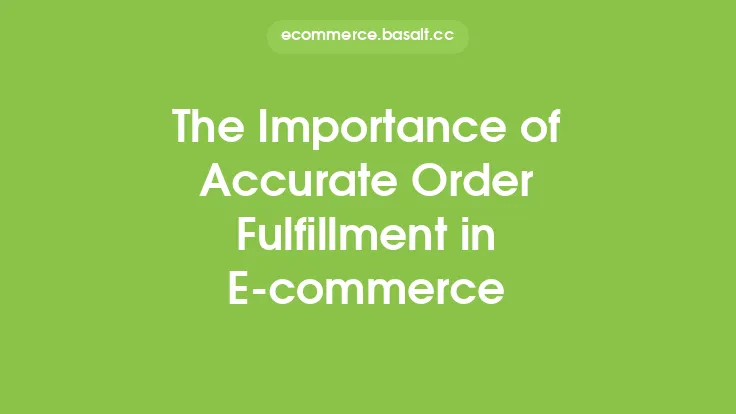Clear refund procedures are a crucial aspect of any e-commerce business, as they help to establish trust with customers, reduce disputes, and increase customer satisfaction. A well-defined refund procedure provides customers with a clear understanding of what to expect in the event that they need to return a product or request a refund. This, in turn, can help to reduce the number of returns and refunds, as customers are more likely to make informed purchasing decisions when they know what to expect.
Benefits of Clear Refund Procedures
Clear refund procedures offer numerous benefits to both e-commerce businesses and their customers. For businesses, a clear refund procedure can help to reduce the administrative burden associated with processing returns and refunds. By providing customers with a clear understanding of the refund process, businesses can minimize the number of customer inquiries and complaints, freeing up staff to focus on more critical tasks. Additionally, clear refund procedures can help businesses to avoid potential legal issues, as they demonstrate a commitment to transparency and fairness.
Key Components of Clear Refund Procedures
A clear refund procedure should include several key components, including a detailed explanation of the refund process, a clear outline of the refund timeline, and a description of any refund restrictions or limitations. The procedure should also provide customers with information on how to initiate a refund, including any necessary documentation or contact information. Furthermore, the procedure should be easily accessible to customers, either through the business's website or through other means, such as a customer service hotline.
Best Practices for Implementing Clear Refund Procedures
To implement clear refund procedures, e-commerce businesses should follow several best practices. First, businesses should ensure that their refund procedure is easy to understand and free of complex language or jargon. The procedure should be concise and to the point, avoiding unnecessary detail or complexity. Businesses should also ensure that their refund procedure is consistent across all channels, including their website, social media, and customer service interactions. Additionally, businesses should regularly review and update their refund procedure to ensure that it remains relevant and effective.
The Role of Technology in Clear Refund Procedures
Technology can play a significant role in facilitating clear refund procedures, particularly in the context of e-commerce. For example, businesses can use automated refund systems to streamline the refund process, reducing the administrative burden and minimizing the risk of errors. Additionally, businesses can use digital communication channels, such as email or chatbots, to provide customers with clear and timely information about the refund process. Technology can also help businesses to track and analyze refund data, providing valuable insights into customer behavior and preferences.
Common Challenges and Solutions
Despite the importance of clear refund procedures, many e-commerce businesses face challenges in implementing and maintaining effective procedures. One common challenge is the need to balance the needs of customers with the needs of the business, particularly in terms of refund timelines and restrictions. To address this challenge, businesses can consider implementing flexible refund procedures that take into account the specific needs and circumstances of each customer. Another common challenge is the need to communicate complex refund information in a clear and concise manner. To address this challenge, businesses can use plain language and avoid technical jargon, providing customers with easy-to-understand information and guidance.
Conclusion
In conclusion, clear refund procedures are a critical component of any e-commerce business, providing customers with a clear understanding of what to expect in the event that they need to return a product or request a refund. By including key components, such as a detailed explanation of the refund process and a clear outline of the refund timeline, businesses can establish trust with customers, reduce disputes, and increase customer satisfaction. By following best practices, leveraging technology, and addressing common challenges, e-commerce businesses can implement effective clear refund procedures that meet the needs of both customers and the business.



